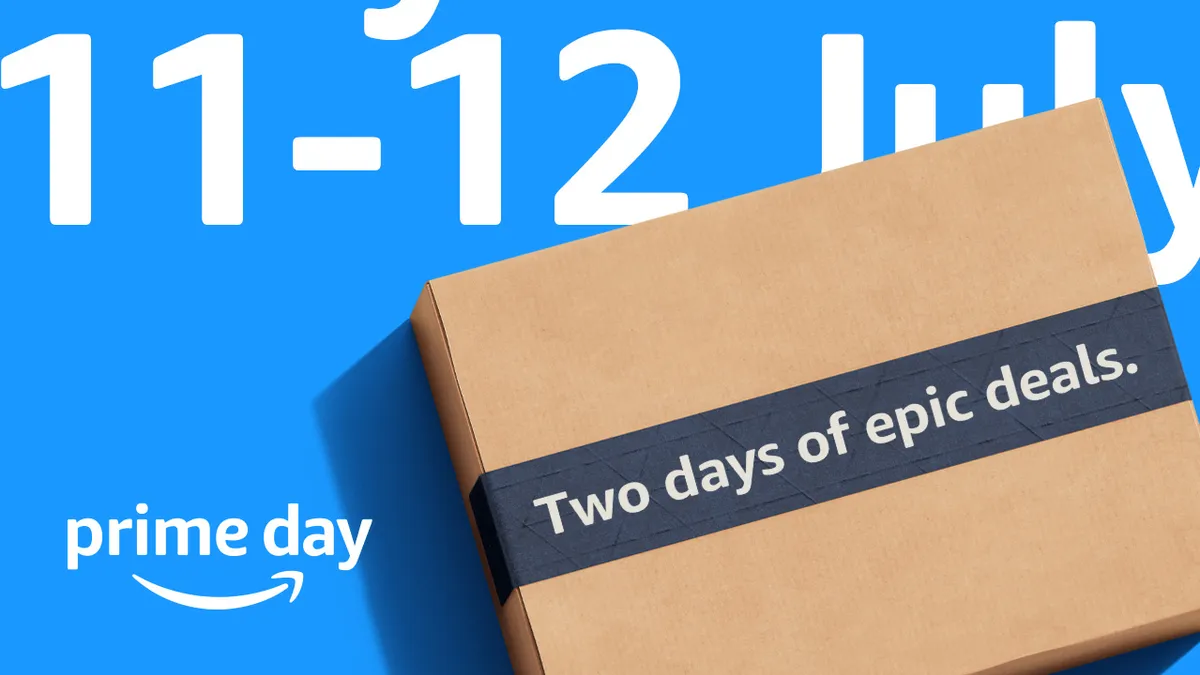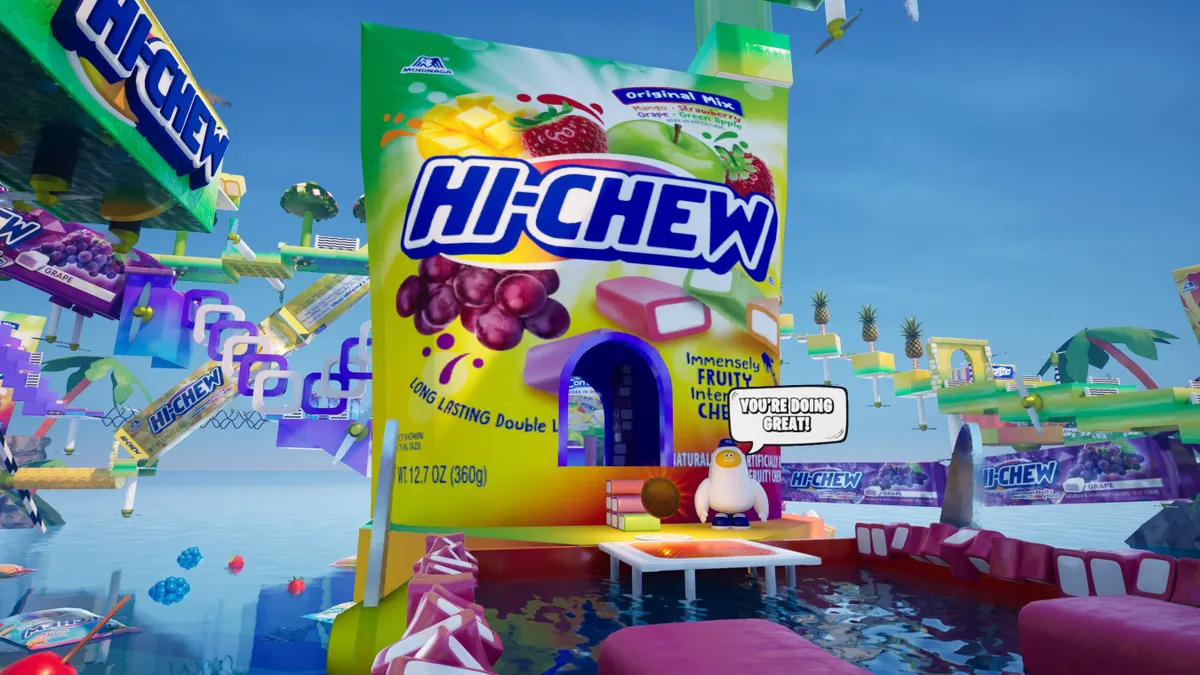Advertisers once again flocked to Amazon to entice deal-hungry consumers during Prime Day, with ad spending for the two-day event increasing by 409% compared to the previous 30 days, according to a new study by Skai. And the increased investment paid off, with sales attributed to ads increasing by 486% compared to the previous 30 days.
This year’s Prime Day event, which took place July 11 and 12, occurred in better economic conditions than the previous one, leading to bigger boosts for the promotion with spending by marketers up 65% year-over-year. Compared to the previous 30 days, clicks were up 226% and CPC rates were up 58%, according to Skai’s research. During last year’s event, clicks climbed 167% and CPC rates gained 50%. Prime Day was also responsible for a little over half of year-over-year spending growth so far this year.
The findings suggest Prime Day remains a valuable vehicle for brands as consumers feel comfortable spending money following a couple years of anemic interest in shopping. Cart size exemplifies consumer interest, with cart size growing 76% compared to 30 days prior. During Prime Day, online U.S.-based sales jumped 6.1% to $12.7 billion. Worldwide, the e-commerce giant sold 375 million items, 75 million more than in 2022.
“Shoppers are shopping again,” said Chris Costello, senior director of marketing research at Skai. “I think that whatever impact last year's macro economic climate had… seems to have receded, and folks seem to be in a buying mood again.”
The report compares Prime Day metrics such as ad spending, e-commerce sales, clicks and CPC to 30 days prior. An additional survey of 1,000 consumers familiar with Prime Day was also conducted by an independent survey company to provide background.
Prime economy
While inflation and economic turmoil have rocked the marketing world over the past few years, the more recent easing of economic pressures on a couple of fronts may have helped to boost the success of this year’s Prime Day. In 2023, ad-attributed sales during Prime Day grew 5.9 times compared to the 30 days prior, a bigger increase than in 2022. These gains came as inflation reached its lowest level since August 2020, boosting economic confidence. Consumers may feel more confident to spend a bit more, and this has major benefits to advertisers outside of just profits, according to Costello.
“For individual advertisers, that [increased consumer spending] reinforces the need to have a presence in, whether it be on Amazon or even beyond that. I think we're seeing these effects beyond just e-commerce and Amazon, we're seeing it in paid search as well,” said Costello.
The numbers support a rosy picture, with 2023 ad-attributed spending, average order value and return on ad spend all beating 2022 numbers. Additionally, 27.1% of consumers who responded to the survey indicated they would spend more this Prime Day, while only 14.3% said they planned to spend less. Approximately 50% indicated they would spend the same amount.
Certain categories fared better than others, with big-ticket items such as electronics leading the pack. In 2023, tech saw a dollar sales increase of 114% compared to 30 days prior, with average order value doubling. Other categories which saw a jump in ad-spending and ad-attributed sales included home and garden, along with beauty and personal care.
Some categories saw return on ad spending decrease compared to the 30 days prior, including apparel, food and groceries and hobby. However, it doesn’t mean Prime Day was a wash for these brands, according to Costello. Prime Day can be an opportunity to attract new consumers for brands.
“They're on tighter margins, and they may go more for volume, they want to acquire customers,” said Costello. “They don't care if you take a hit on performance in some cases. So you see a lot of different strategies across categories.”
Prime opportunity
Prime Day remains a strong opportunity for marketers in many respects. Not only is it a way to generate sales outside of the holiday season, the sheer reach Amazon has compared to other e-commerce platforms demands attention. Ninety-one percent of consumers have purchased products during Prime Day in the past, according to the survey cited by Skai. This indicates the power the event holds for consumers, and the potential for brands.
A potential to reach large numbers of consumers at a single time has increased in appeal to marketers as the industry continues to prepare for Google’s planned deprecation of third-party cookies starting next year. In response, retail media networks have become big business as marketers search for fresh ways to connect with consumers. Amazon has proven to be a strong contender on this front simply due to the scale of its reach. The e-commerce giant commands 37% of the estimated $100 billion market for retail media ads. Other general mass retailers, including Target and Walmart, together commanded 36% of media allotment. In 2022, 17,000 brands were represented by 14,200 companies on Amazon.
“Amazon to the extent that they've got a very dominant place in that overall e-commerce market space, they'll always have the lion's share of those eyeballs,” said Costello.




















